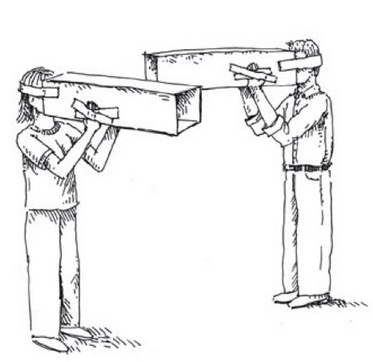Get Tech Tips
Subscribe to free tech tips.
Tunnel Vision and How to Avoid It

How many times has the following situation happened to you?
You're on your way to that final service call. While you're listening to the customer explain their complaints over the phone, there's this precise moment where you've thought:
“I know what it is already. This will be a quick one.”
Sometimes, intuition proves to be a useful tool for an efficient service technician. However, that same intuition can bite back fiercely if it leads to ignoring the whole picture.
Let's take a simple example. The customer reports that their unit isn't cooling very well. It also seems like it's running longer than normal. The immediate thought may be that the refrigerant charge is low. Reading the pressures on-site, you discover that the unit has lost most of its charge. It may be tempting to restore the refrigerant charge, find the leak, and write up the repair to keep moving. However, it's vital to evaluate the rest of the system before proceeding.
Failing to do that can lead to upset customers who, after paying for the initial service, can face the prospect of additional repairs. Here are a few simple steps to avoid this pitfall:
- Listen closely to the primary complaint and address this problem first.
- Take care to note any contributing factors to the primary complaint. Ask yourself questions like: “What caused this problem in the first place? Could this happen again if these conditions persist?”
- Watch out for any other potential failure points unrelated to the primary complaint.
- Document all findings in detail and take the time to explain why each concern is valuable to your customer.
Taking these few extra minutes on the initial visit can save you and your customer precious time and frustration. Resisting the temptation to solve the first problem only will often lead to a more fruitful service call. Nothing beats the peace of mind that comes with a thorough diagnosis.
—Zach S.











Comments
To leave a comment, you need to log in.
Log In